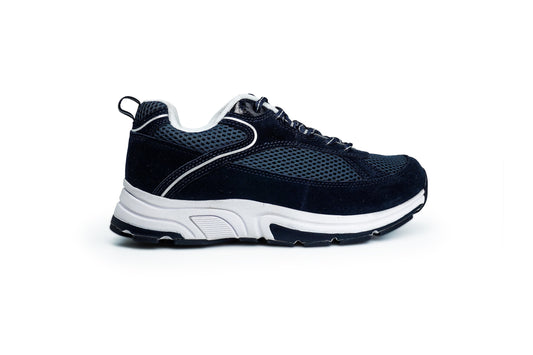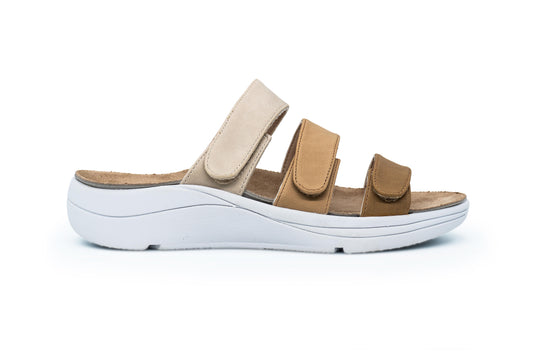Hammer Toes and Mallet Toes: Causes, Symptoms, and Strategies for Toe Comfort
Hammer toes and mallet toes are common toe deformities that can affect the way you walk and cause discomfort. Understanding the causes and exploring effective solutions is crucial for managing these conditions. In this comprehensive guide, we'll delve into the world of hammer and mallet toes, covering their causes, and symptoms, and offering practical insights into treatments and relief.
What Causes Hammer and Mallet Toes?
- Muscle and Ligament Imbalances: Imbalances in the muscles and ligaments that control toe movement can lead to the development of hammer and mallet toes.
- Foot Structure: Flat feet, high arches, or an unusually long second toe can contribute to toe deformities.
- Footwear: Wearing shoes that are too tight or have a narrow toe box can squeeze the toes and lead to deformities.
- Injury: Trauma to the toes, such as stubbing or jamming, can result in the development of hammer or mallet toes.
Signs and Symptoms
- Toe Deformity: Hammer toes are characterized by a bend in the middle joint, causing the toe to resemble a hammer. Mallet toes, on the other hand, bend at the joint nearest the tip of the toe.
- Pain and Discomfort: Both conditions can cause pain, especially when walking or wearing certain shoes.
- Corns and Calluses: The bent toes may rub against shoes, leading to the development of corns and calluses.
Treatment Options
- Footwear Modification: Wearing shoes with a wide toe box and avoiding high heels can help alleviate pressure on the toes.
- Toe Exercises: Gentle stretching and strengthening exercises can help improve toe flexibility and reduce the deformity.
- Orthotic Inserts: Custom or over-the-counter inserts can provide support and help distribute pressure evenly on the foot.
- Splinting or Taping: In some cases, splinting or taping the toes may be recommended to maintain proper alignment.
Prevention Tips
When to Seek Medical Attention
If hammer or mallet toes are causing persistent pain, or difficulty walking, or if conservative measures don't provide relief, it's advisable to consult with a healthcare professional or a podiatrist for proper assessment and treatment.
Check out our extensive collection of shoes for arthritis to find the best shoes for your feet. Look through our most-sought-after styles to get the right pair for you today with DiabeticShoe.in.








